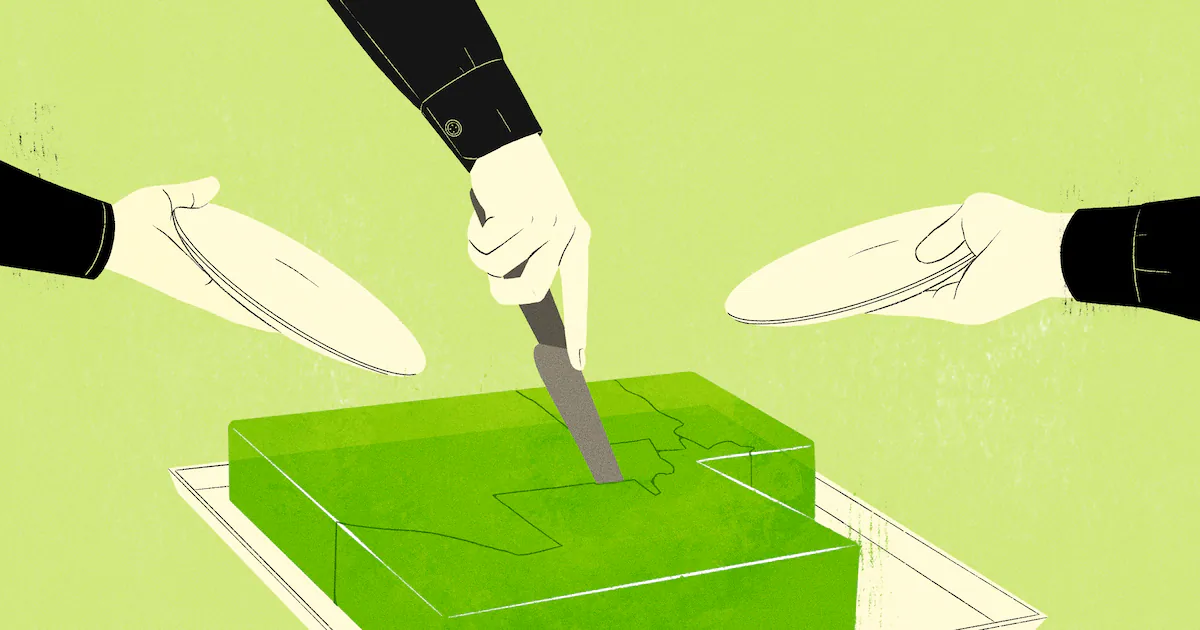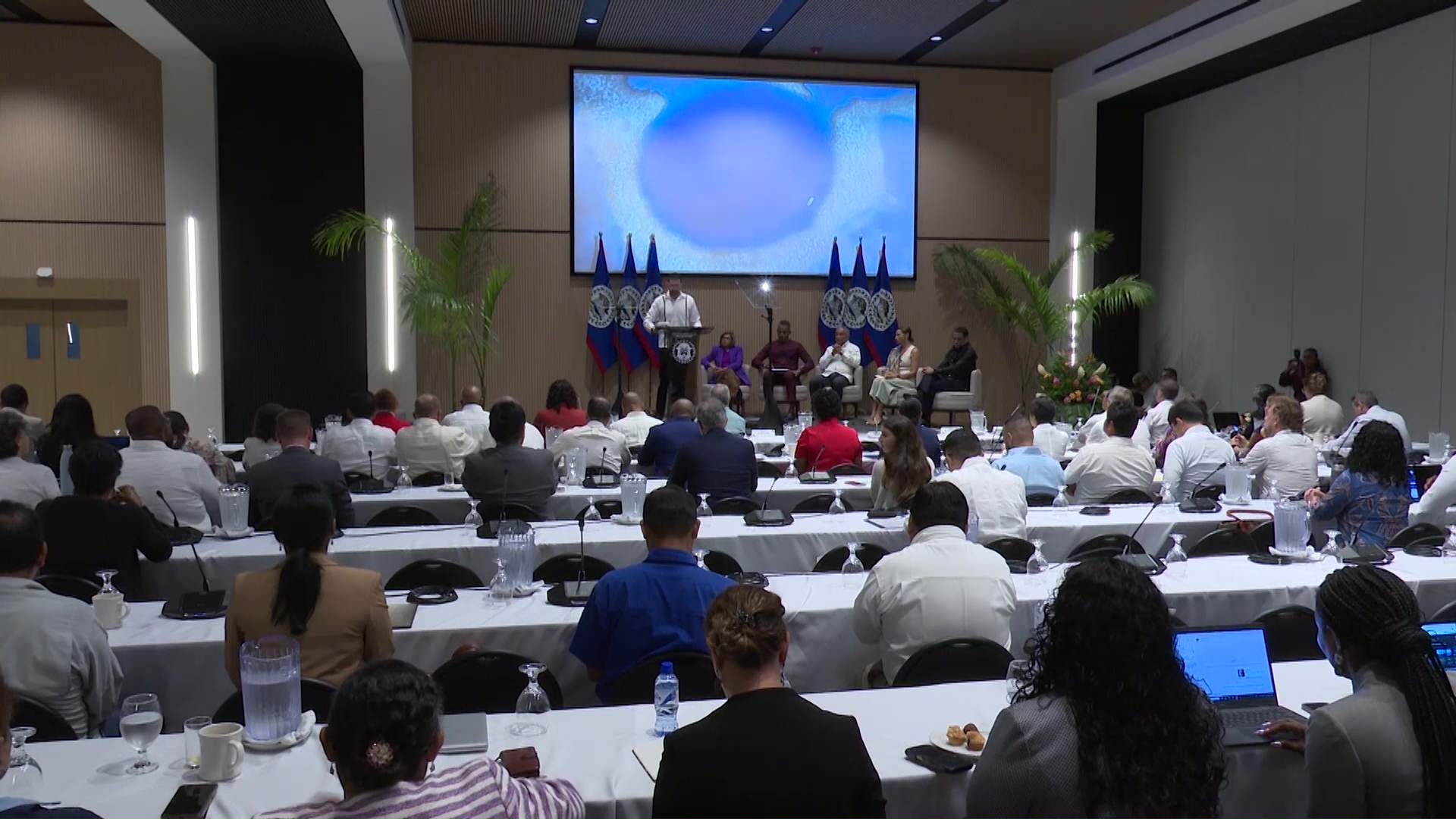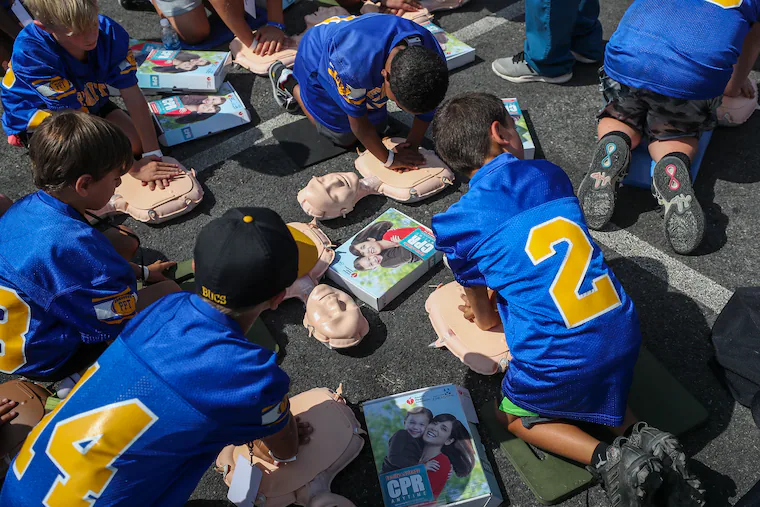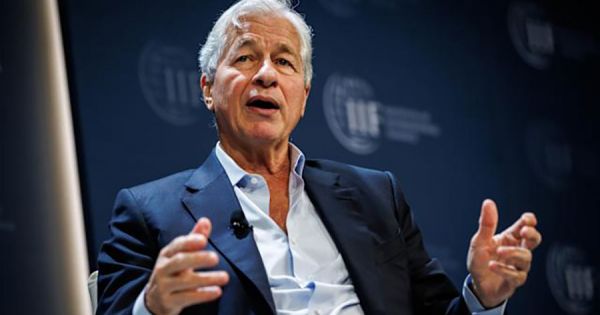Copyright The Boston Globe
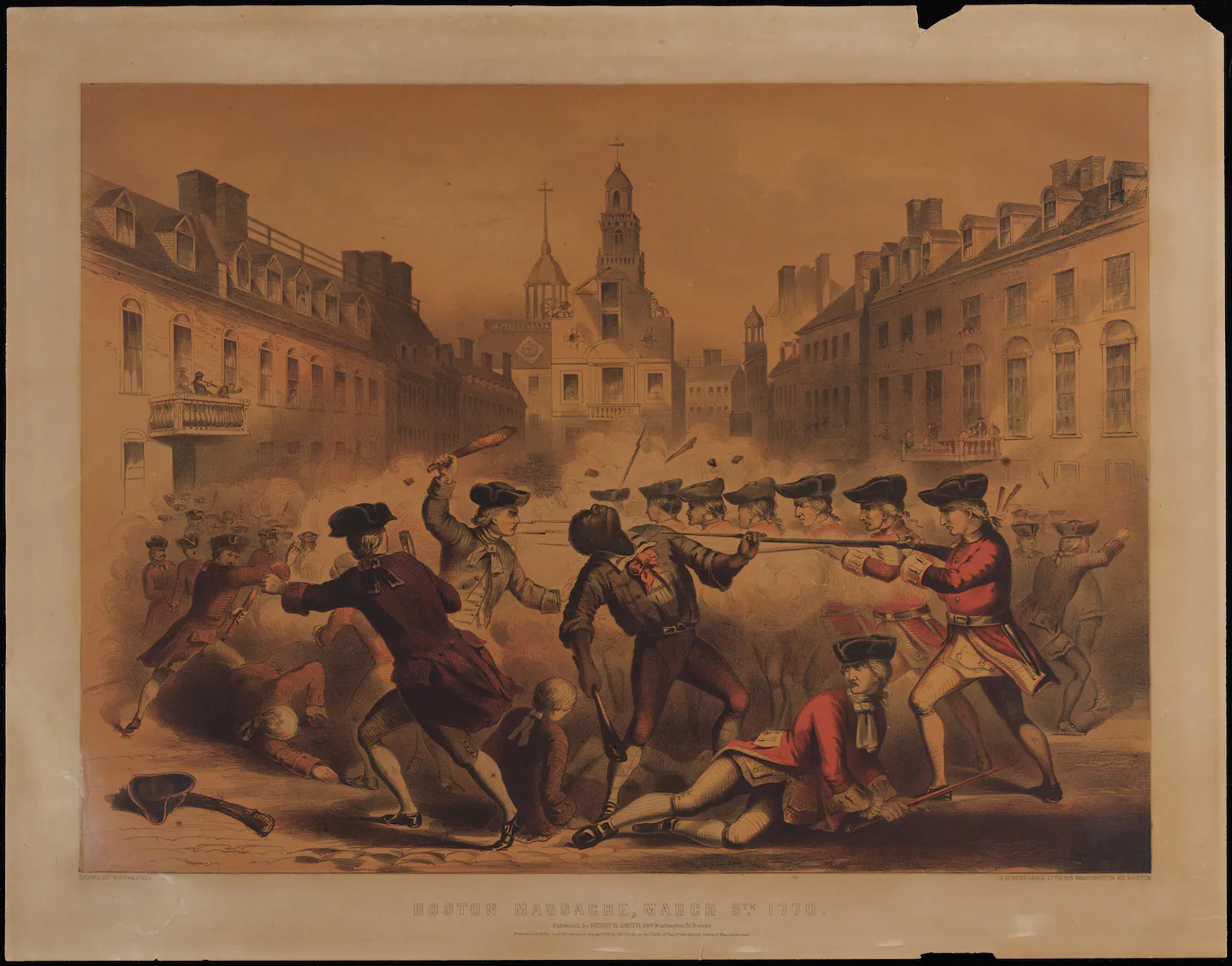
To emphasize the provisional, unfinished nature of revolution as idea they’ve hung “Revolution!” in what would seem to be a provisional, unfinished fashion. The McKim Exhibition Hall is a grand space. There is nothing grand about the show’s presentation. The backings for the works on display are made of plywood — yup, good old buy-it-at-Home-Depot plywood. And bare metal scaffolding supports those backings. A revolution is (among many other things) a kind of worksite, and “Revolution!” looks like one. Nor should we forget that un-fancy and un-fussy are in no way un-American. There are nearly 120 items in “Revolution!,” all from the BPL’s holdings. Some are as unexpected as their presentation. The show’s first section, “Making History,” includes paintings of George Washington and Benjamin Franklin and Paul Revere’s famous engraving of the Boston Massacre. So far, so conventional. But it also includes Bob Tomolillo’s 2020 “reboot” of Revere’s engraving and Larry Rivers’s 1970 reimagining of the massacre. There are photographs of Bicentennial reenactments. The one of a guy on horseback dressed up as Paul Revere in front of a Somerville liquor store is a hoot. Far different are photographs of a Union regiment of Black troops from the Civil War and the remains of dead Union soldiers being collected on the Cold Harbor battlefield. The images speak to the continuation of an American revolution, if not the American Revolution, and the making of revolutionary history extending well beyond 1783. The next section, “An Age of Revolution,” goes abroad. It includes a portrait of the Marquis de Lafayette, an evocation of the Paris Commune, and two renderings of Toussaint L’Ouverture. One of them, Jacob Lawrence’s splendidly dynamic screen print of a sword-wielding L’Ouverture on horseback — a great artist paying tribute to a storied leader — may be the single most extraordinary image in the show. “Talking About a Revolution” is the section that covers the most ground, since there are multiple revolutions being talked about. Its contents can be very traditional, with 19th-century portrait busts of Harriet Tubman, the abolitionist Wendell Phillips, and the abolitionist and suffragist Lucy Stone. Its contents can be very untraditional, with a photograph of a 1977 Gay Pride parade on Commonwealth Avenue and one of Malcolm X debating on WBZ radio in 1964. An 1856 William L. Champney lithograph of the Boston Massacre highlights the presence of Crispus Attucks. Note the date. Here’s the American Revolution being enlisted in the service of a subsequent American revolution. “Free to All” attends to learning and education. This includes the library paying justified tribute to itself. What, after all, is more revolutionary than the idea of knowledge made freely available to all citizens (non-citizens, too)? The BPL, as both idea and actuality, is Boston at its best. The crisis over court-ordered desegregation showed a very different side of the city, and that’s noted here, too. “All Together Now” focuses on protest of various sorts: picket lines, strikes, demonstrations by Indigenous people, rallies against the Vietnam War. “Revolution!,” it must be said, is starting to feel a bit diffuse, even scattershot, though the show’s presentational vigor and moral force remain undimmed. Happily, Michael Thorpe’s George Washington quilt, in the final section, “Another World Is Possible,” ties things together. It’s inspired by the Washington painting in the first section, Emmanuel Leutze’s “Washington at Dorchester Heights.” Depending on where a visitor stands it can be seen in juxtaposition with the quilt. Here the past really is prologue, artistic no less than political. “Revolution!” is the latest observance of the semiquincentennial, that hifalutin’ word for “250th.” The Massachusetts Historical Society has “1775: Rebels, Rights & Revolutions” (note the plural) through Dec. 19. “Transformed by Revolution” is at the Concord Museum through Feb. 22. Ken Burns’s 12-hour “The Revolutionary War” starts airing on PBS Nov. 16. “Forging Independence/Building a Nation,” opens at the New Bedford Whaling Museum on Dec. 1. The Museum of Fine Arts unveils a reinstallation of the 18th-century galleries in its Art of the Americas Wing on June 9. The reinstallation is the centerpiece of a two-day “America at 250” celebration. Less than a month later comes July 4, 2026. The beat goes on. For now, so does the republic. REVOLUTION! 250 Years of Art + Activism in Boston At Boston Public Library, McKim Exhibition Hall, 700 Boylston St., through April 21. 617-536-5400, www.bpl.org/revolution-exhibition
